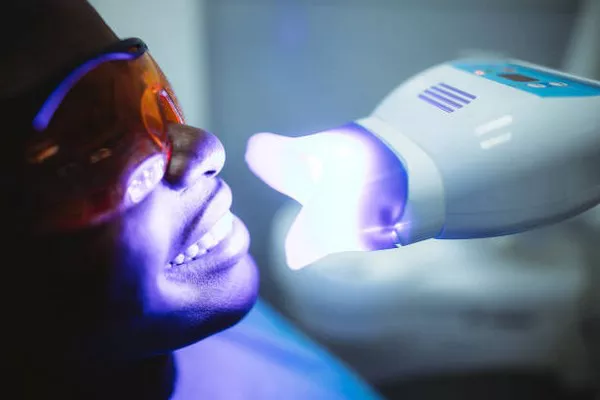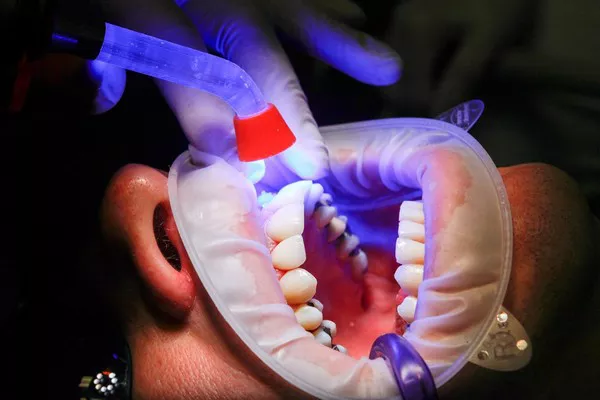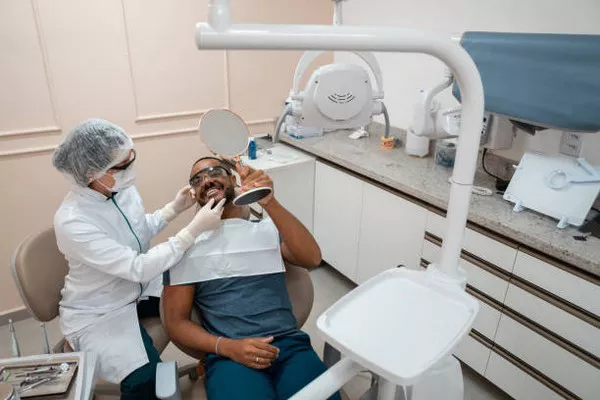Orthodontic treatment is a journey that requires careful monitoring and adjustments to achieve a straighter, healthier smile. Understanding the frequency of orthodontic appointments is crucial for patients to ensure effective treatment progress and optimal outcomes. This article explores the various factors that influence appointment schedules, typical timelines for different types of treatments, and how long between orthodontic appointments play vital roles in the orthodontic process.
General Appointment Frequency
Orthodontic appointments vary in frequency depending on the phase of treatment and individual patient needs.
Initial Phase: During the initial phase of orthodontic treatment, appointments are typically more frequent, usually every 4-6 weeks. This phase is crucial as the orthodontist makes initial adjustments to the braces or aligners and closely monitors the progress of tooth movement. Frequent visits allow the orthodontist to ensure that the treatment plan is on track and make any necessary adjustments promptly.
Maintenance Phase: As treatment progresses and the teeth begin to move into their desired positions, appointments generally become less frequent, typically scheduled every 6-8 weeks. During this phase, the teeth become more stable, requiring fewer adjustments. The orthodontist continues to monitor progress and may fine-tune the treatment plan as needed to achieve optimal results.
Factors Affecting Appointment Frequency
Several factors influence how often orthodontic appointments are scheduled:
Type of Braces: The type of braces or aligners used can affect appointment schedules. Traditional metal braces often require more frequent adjustments compared to clear aligner systems like Invisalign. With Invisalign, patients may require more frequent appointments in the initial stages to receive new sets of aligners.
Treatment Complexity: Cases that involve more complex orthodontic issues, such as severe crowding or significant bite problems, may require more frequent visits. These cases often necessitate more adjustments and careful monitoring by the orthodontist to achieve the desired results efficiently.
Patient Compliance: Patient cooperation and compliance with wearing appliances as directed by the orthodontist play a significant role in determining appointment frequency. Patients who follow their orthodontist’s instructions, such as wearing elastics or aligners for the prescribed amount of time each day, are likely to require fewer adjustments and may progress through treatment more smoothly.
Typical Timelines
Understanding the typical duration of orthodontic treatment provides patients with a clearer expectation of how long they will need to attend appointments.
Traditional Braces: Treatment with traditional metal braces typically lasts between 18 to 30 months, depending on the complexity of the case and the patient’s response to treatment. The duration influences how frequently appointments are scheduled throughout the treatment period.
Invisalign: Invisalign treatment often ranges from 12 to 18 months, though this can vary based on individual treatment needs. Initial appointments with Invisalign may be more frequent as patients progress through different sets of aligners to gradually move their teeth into alignment.
Retention: After the active phase of orthodontic treatment is complete and braces or aligners are removed, patients enter the retention phase. Retainers are necessary to maintain the new position of the teeth and prevent them from shifting back. Retention appointments are typically less frequent, scheduled every 3-6 months, to monitor the stability of the results and make adjustments to retainers if necessary.
See Also: Why Is Orthodontics Not Covered By Insurance
Flexibility and Convenience
Orthodontists strive to provide flexible scheduling options to accommodate the busy lives of their patients.
Scheduling Options: Most orthodontic practices offer flexible appointment times, including evenings and weekends, to make it easier for patients to attend appointments without disrupting work or school schedules. Patients are encouraged to discuss scheduling preferences with their orthodontist to find convenient times for their visits.
Communication: Effective communication between patients and their orthodontist is essential throughout treatment. Patients should feel comfortable discussing any concerns they have about their appointment schedule or treatment progress. Orthodontists appreciate feedback and are often willing to adjust scheduling arrangements when possible to meet patient needs.
Conclusion
Maintaining regular orthodontic appointments is crucial for achieving successful treatment outcomes and a confident smile.
Following Recommendations: It’s important for patients to follow their orthodontist’s recommendations regarding appointment attendance and treatment protocols. Adhering to scheduled visits ensures that the treatment progresses as plaed and allows the orthodontist to address any issues promptly.
Contact Your Orthodontist: If patients have questions or concerns about their orthodontic appointment schedule or treatment progress, they are encouraged to contact their orthodontist’s office directly. Orthodontic teams are dedicated to providing support and guidance throughout the treatment journey to help patients achieve the smile they’ve always wanted.
By understanding the factors that determine orthodontic appointment frequency and maintaining open communication with their orthodontist, patients can contribute to the success of their treatment and enjoy the benefits of a beautifully aligned smile in the most efficient manner possible.
You Might Be Interested In






























